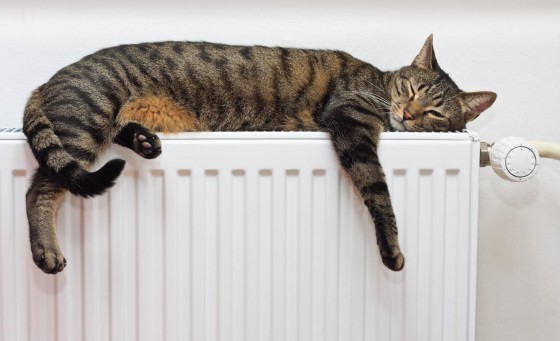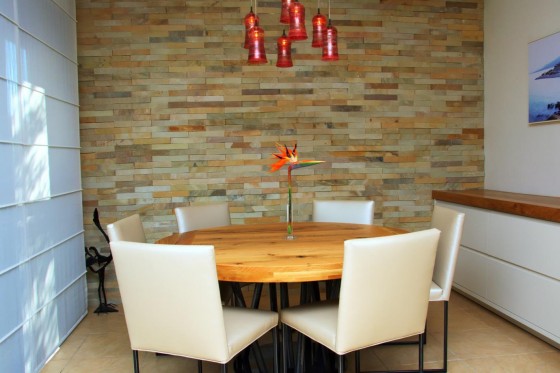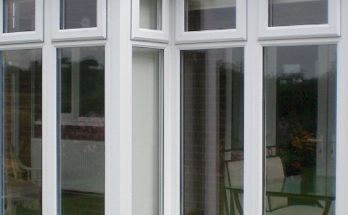If you happen to be redecorating your home this autumn, possibly as a preparation for winter, then you may be glad to know that there is no better opportunity to make your home eco-friendly; helping both the environment and your bills.

The world of green living is often a battlefield, with new and spectacular techniques being discovered, invented and bettered every single day. But do the new techniques and technologies hold up to the test?
Let’s take a look!
Lowering the thermostat Vs buying a radiator booster

One tried and tested tip for saving energy is by lowering the thermostat by a mere two degrees. In doing so, you could save roughly 3% on your heating bill, and if you are brave enough, by reducing it another eight degrees, you could save a whopping 10% on your yearly bill.
On the other hand however, you could fork out roughly £30 for a radiator booster that sits on your radiators and enables them to heat up rooms twice as fast; saving you roughly £100 a year.
So which technique is best?
That all depends on whether you can afford to invest in a return, or whether you can stand sitting in a cold room with a few extra sweaters on. If you can afford that £30 however, we’d say that newer technology certainly comes away with a win in this case.
Winner – Radiator Booster.
Buying solid oak furniture Vs upcycling bits of wood

One of the most popular contemporary trends, partially born out of the recession, is the upcycling of everyday objects to be turned into beautiful new pieces of furniture.
By recycling things such as doors and other pieces of unwanted wood, you can help preserve otherwise wasted wood and help protect new trees from being felled. Not only that, but by building your own furniture, you shall also save quite a bit of money.
On the other hand however, if you’re after something that is quality and long lasting, one of the most environmentally friendly materials used for furniture is oak.
As oak has absorbed carbon dioxide throughout its life, an oak tree will have already repaid its debt to the environment and in addition to this, the vast majority of oak wood used comes from long-term sustainable supplies. Some online stores use only sustainable materials for their furniture. Check out this beautiful range of dining room furniture from Oak Furniture UK, if you need a dining table with great longevity.
So which option is best?
Typically, though both offer great rewards in terms of sustainability, it really does depend on what type of furniture you are looking for. If you want to spend and enjoy quality, buying new is great, though if you want to flex your artistic muscles and go cheap, then upcycling is best for you.
Winner – Draw!
Energy saving light bulbs Vs LED lighting

Energy saving light bulbs have been around for some time, and most homes in the UK have at least two to three of them bulbs installed in their home. Celebrated for their 8,000 hour life (compared to 1,000 of incandescent bulbs), and high efficiency, you could find yourself pocketing roughly £48 in lifetime savings.
Although LEDs have also been around some time, they have only just started breaking into the mainstream. Typically they are quite expensive to buy, though in the long term they offer great savings, both economically and financially.
With 10,000 – 15,0000 hours of life, and an efficiency of around 80-90%, you could find yourself with a lifetime saving of roughly £115 per bulb.
Though LEDs are more expensive to buy (some of them cost as much as £25 per bulb), they can last for up to ten years and use a minimal amount of electricity.
Winner – LEDs.

